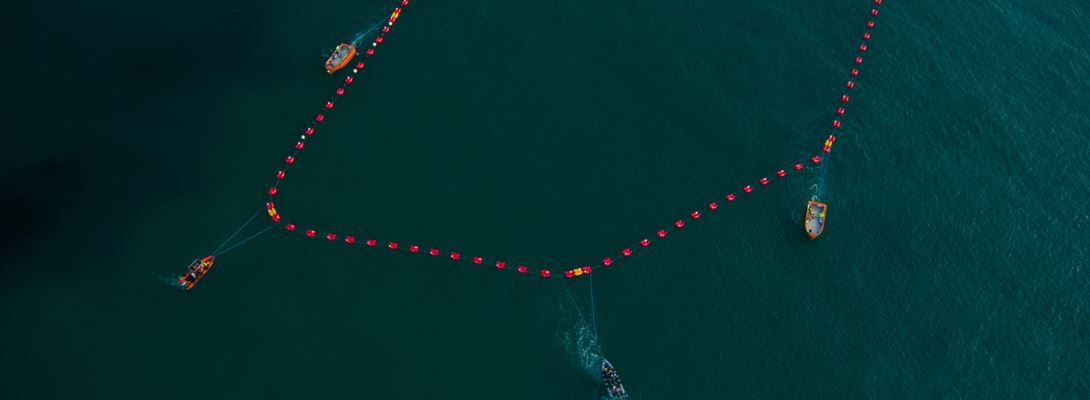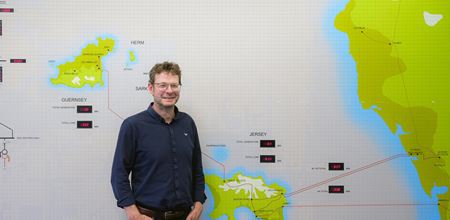The rationale of ‘interconnection’
Guernsey benefits from importing electricity from Europe which reduces our environmental impact, increases the security of our energy supplies, and improves the stability of our power system.
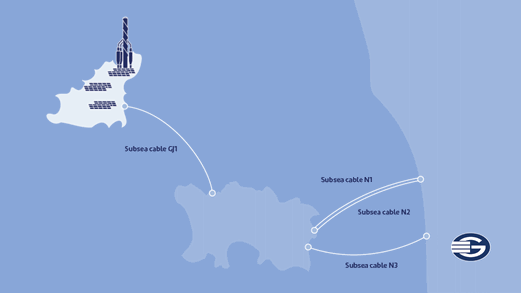
*Our assets today consist of one subsea cable (interconnector) connecting us to renewable energy sources in Europe, via Jersey, the power station, and some local solar PV.
We used to rely on our fossil-fuelled power station for ALL our electricity. Since 2000, the 60MW subsea cable connecting us to Europe, via Jersey is our primary source of electricity, delivering over 94% of our electricity from low carbon sources. This has helped Guernsey achieve a 37.5% decrease in carbon emissions compared with 1990 levels.
The Channel Islands Electricity Grid (CIEG) is the joint venture company set up in 1998 between Guernsey Electricity and Jersey Electricity to operate and manage the subsea cables connecting both Islands to the European grid and which maintains a supply agreement with Electricité de France.
This ‘interconnection’ has brought many advantages to the Islands, but the single link to Guernsey has its limitations.
A second cable linking Guernsey to Europe would address the current capacity and security limitations and enable the Island to achieve the objectives outlined below by the States of Guernsey in its Energy Policy, published in 2020. It would:
- Decarbonise electricity by reducing the need to produce power on-Island from fossil fuel generation.
- Increase the security and resilience of electricity supply.
- Allow greater consumer value and choice.
- Enable a flexible and robust system upon which we can build local renewables giving us greater energy independence.
- Support a vibrant local economy by providing clean, reliable and affordable electricity.
Benefits of current interconnector
The benefits felt in the Island through the single cable include:
- Imports affordable, low carbon, renewable electricity from the continent.
- Provides much of our electricity demands (94% in 2020 and 93% in 2021).
- Ensures balance and stability of the power system.
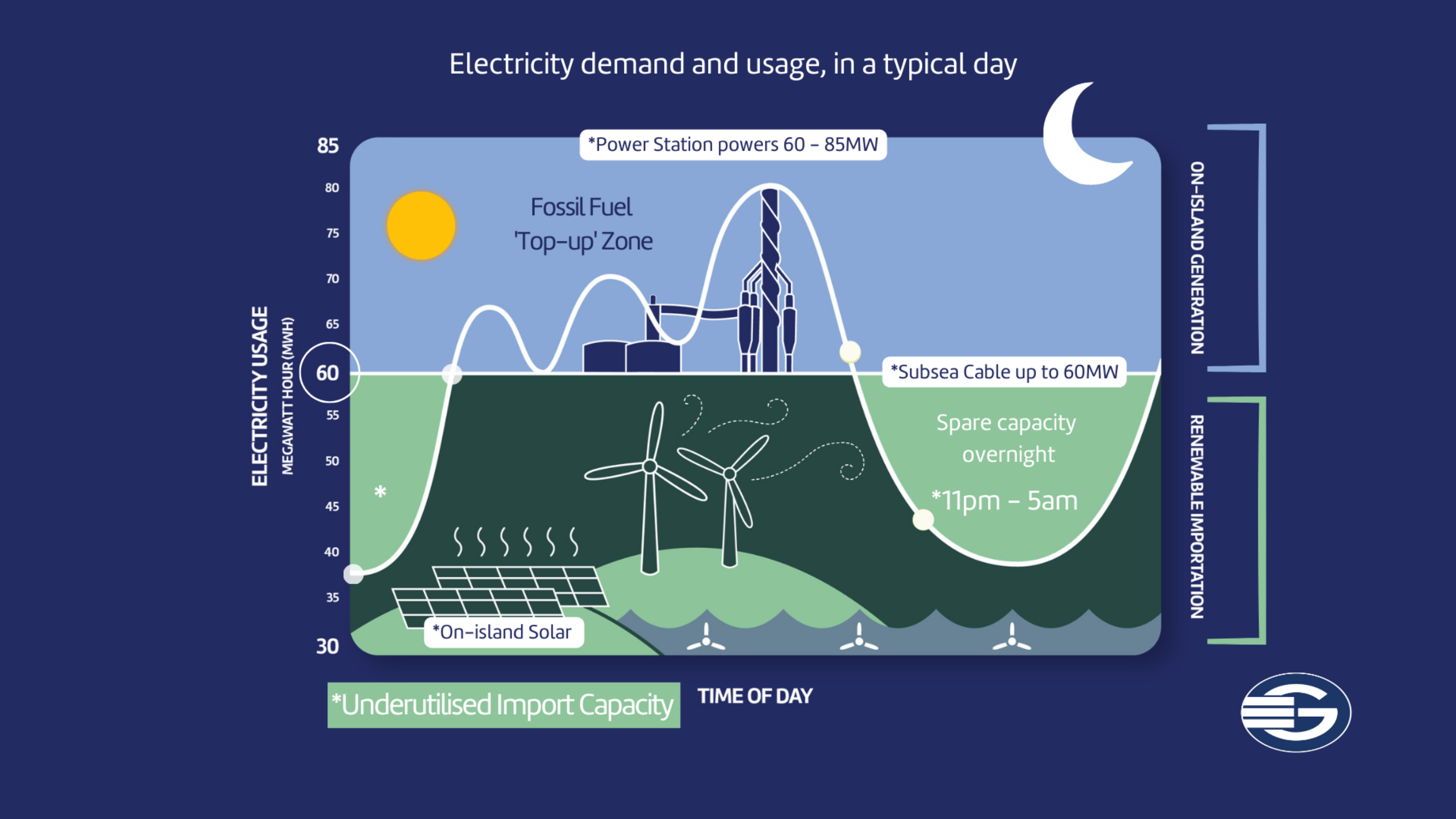
Limitations of the single interconnector
The limitations of only having a single cable are quite significant:
- The current cable capacity does not meet all our electricity needs all the time, so we still need to use the diesel power station to ‘top-up’ our electricity supply during times of peak demand. This comes with financial and environmental costs.
- We are required to maintain and invest in large scale ‘back-up’ options at the power station to provide security of electricity supply, in case there is a problem with the single cable. It is expensive to maintain an ‘always available’ plant.
- We need to ensure we always have sufficient supplies of diesel on-Island for this back-up and top-up service. Holding large stocks of oil is also costly.
- Generating electricity through the power station is dependable but significant costly upgrades are needed immediately as much of the equipment is end of life. The costs would have to be passed on to electricity customers.
Ultimately, having only one cable leads to a higher cost of electricity per unit and higher carbon intensity of electricity than would be the case if there was a second cable.
Why should we install a second subsea cable?
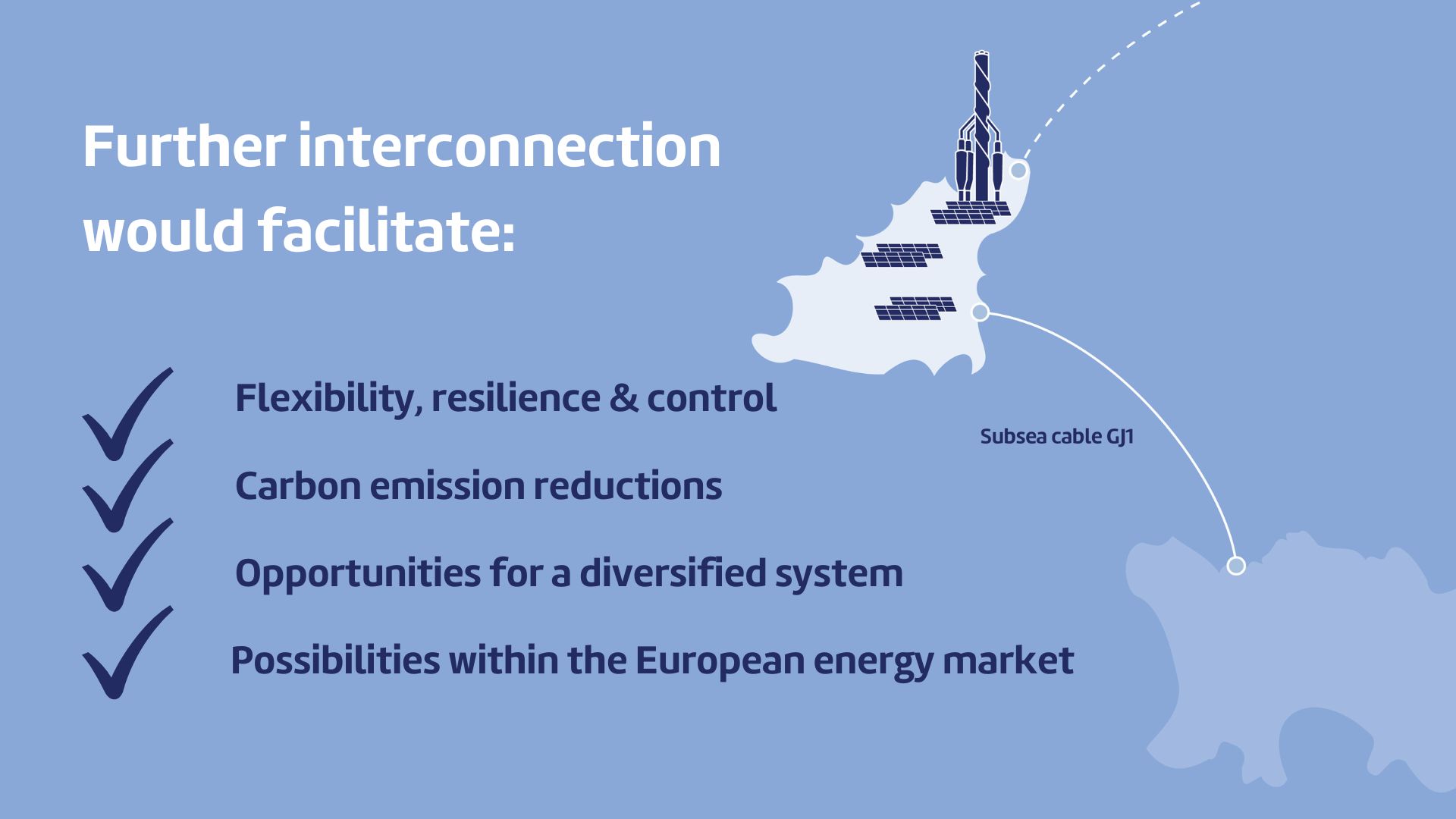
A second and direct cable link to Europe would solve all the disadvantages of only having one cable (as outlined above) as well as achieving most of the States’ Energy Policy objectives. Other significant advantages include those below.
If there is a problem with one cable, we would have the back-up of a second interconnector. The likelihood of both cables being unavailable for service is statistically much lower than just one cable being out of service.
Electricity demand is set to increase by up to 50% over the next three decades and a second cable would mean that all our electricity needs when local renewable generation is not available could come from low carbon sources in Europe rather than being topped up by the power station.
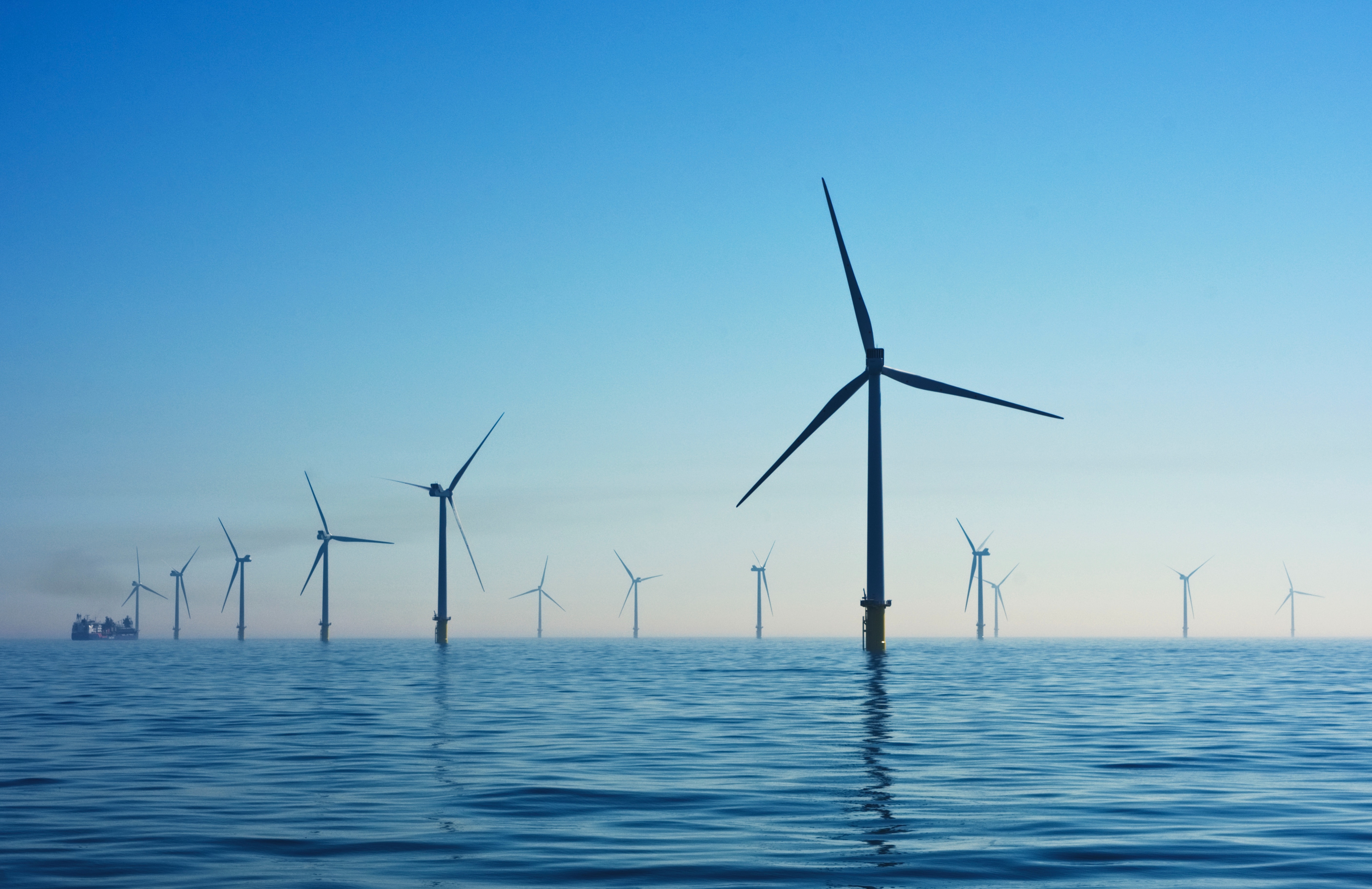
The Island could continue to develop larger scale renewable energies such as wind and solar with imported electricity filling the gaps in renewable and intermittent energy supplies caused by weather fluctuations; balancing the power grid with resilient interconnection and potentially making a limited amount of Guernsey’s renewables available to Europe when we are generating more than we are using.
Some back-up power plant will remain necessary, but not only would we need less, but Guernsey Electricity could also invest in different, more cost-effective equipment at the power station as it will be far less likely to be needed. We could also reduce the volume of oil storage.
Guernsey Electricity could retire end of life diesel generators and re-direct investment into the development of the Island’s power grid, to be ready for future requirements.







